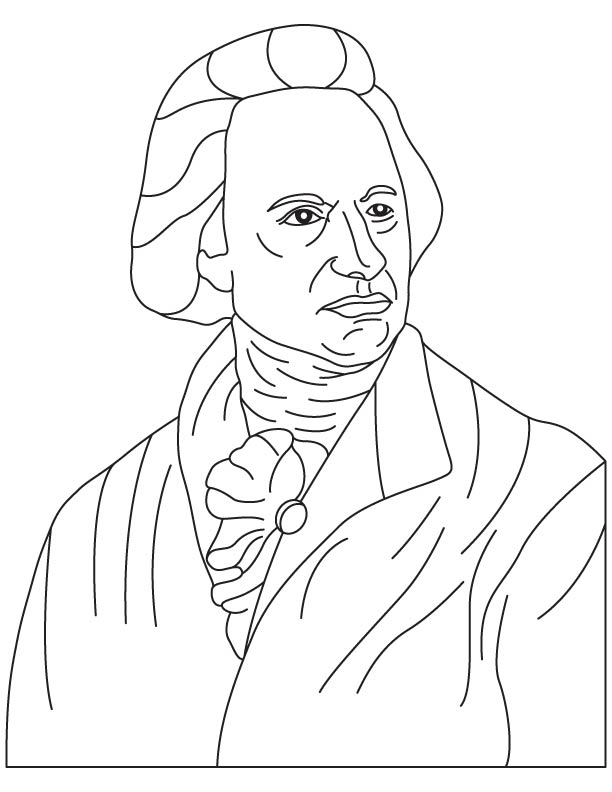Coloring Pages
- Activities Coloring Pages
- Animals and their Homes Coloring Pages
- Animals Coloring Pages
- Astronomy & Space Coloring Pages
- Baby Animals Coloring Pages
- Cartoons Characters Coloring Pages
- Clothing Coloring Pages
- Coloring Pages for Teens
- Commonwealth Games Coloring Pages & Posters
- Connect the Dots Numbers
- Construction Vehicles and Tools Coloring Pages
- Culture and Tradition Coloring Pages
- Domestic/Farm Animals Coloring Pages
- Educational & Preschool Coloring Pages
- Fantasy And Medieval Coloring Pages
- Flags of the Nations Coloring Pages
- Flower Coloring Pages
- Food and Agriculture Coloring Pages
- Health and Fitness Coloring Pages
- Holiday Coloring Pages
- House, Building and Home Coloring Pages
- Jungle Coloring Pages
- Maths Worksheets
- Music Coloring Pages
- Nature Coloring Pages
- Parts of Body Coloring Pages
- People & Professional Coloring Pages
- Religious Coloring Pages
- Road Sign, Safety, Good Manner, Habit Coloring Pages
- Seasons, Calendar, Time & Money Coloring Pages
- Silhouettes
- Sports Coloring Pages
- Stories, Tales and Classics Characters Coloring Pages
- Toys Coloring Pages
- Trophies, Medals and Awards Coloring Pages
- Vehicle Coloring Pages
- World Famous Great Inventions
- World Famous Great Scientist and Inventors
- Writing Practice Worksheets
Sir Frederick William Herschel coloring page


Sir Frederick William Herschel was born on 15 November, 1738 in Hanover, Germany. He was a German-born British astronomer, technical expert and composer. Soon, he became famous for his innovation of the planet Uranus, by the side of two of its major moons that were Titania and Oberon. He also exposed two moons of Saturn that were Mimas and Enceladus. In addition, he was the first person to find out the subsistence of infrared radiation. He is also known for his twenty-four symphonies that he composed.
He received a Copley Medal. From studying the appropriate movement of stars, he was the first to understand that the solar system is moving from side to side of the space. He determined the estimated way of that movement. He also calculated the configuration of the Milky Way and observed that it was in the shape of a disc. On 25 August, 1822 at the age of 83, he died in Slough, England.




 Print this page
Print this page














































































































































